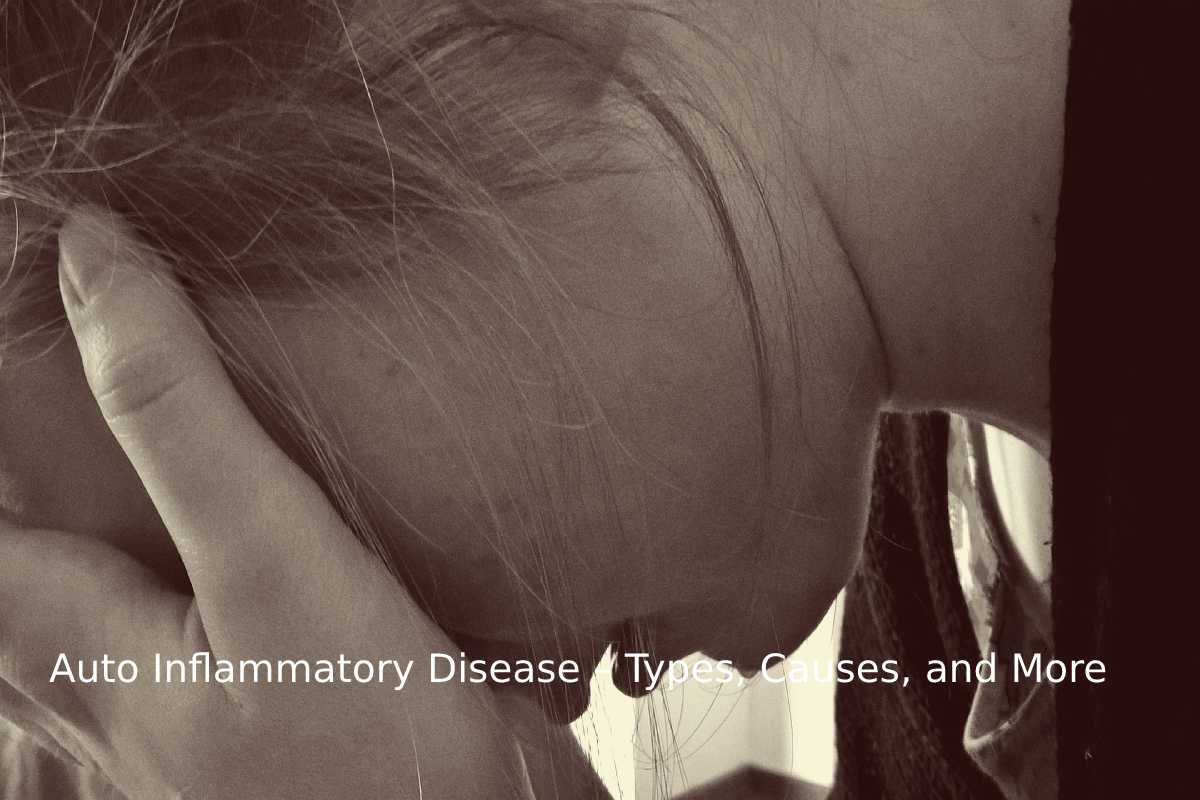Table of Contents
Autoinflammatory Diseases
Autoinflammatory Diseases: The human immune system is the network of cells and tissues that protects you from viruses, germs, and illness. It tries to locate, neutralize, and eliminate intruders that could harm you.
Parts of the immune system include
- The acquired (or adaptive) immune system, which emerges as you age, is one component of the immune system.
- Your body produces antibodies in response to intruders, which causes your body to “remember” those invaders. Your body will then be able to battle them if they reappear.
The innate immune system uses white blood cells rather than antibodies to eradicate foreign invaders.
What happens in Autoinflammatory diseases?
Autoinflammatory illnesses are issues with the responses of the innate immune system. Immune cells mistakenly assault the body’s healthy tissues, telling the body to fight those tissues.
Intense periods of inflammation may result in symptoms like fever, rash, or joint swelling.
Amyloidosis, a potentially catastrophic buildup of a blood protein in essential organs, is another risk associated with these illnesses.
Types of Autoinflammatory Diseases
Familial Mediterranean Fever (FMF), which results in recurrent fever attacks, is one example of autoinflammatory disease and its symptoms. Other signs include: o Severe abdominal discomfort brought on by stomach cavity inflammation (peritonitis).
- Arthritis (painful, swollen joints).
- Chest pain brought on by lung cavity inflammation (pleurisy).
- Skin eruptions.
The Neonatal Onset Multisystem Inflammatory Disease (NOMID) affects the skin, joints, eyes, and the central nervous system. A rash within the first six weeks of life is typically a child’s first indication of the illness. There may be additional issues, such as:
- Fever.
- Meningitis.
- Joint injury.
- Loss of vision.
- hearing impairment
- Retardation of the mind.
The following symptoms are linked to Tumor Necrosis Factor Receptor-Associated Periodic Syndrome (TRAPS):
- Prolonged, intense episodes of fever.
- Excruciating pain in the joints, chest, or abdomen.
- skin rash
- An infection in or near the eyes.
A lack of the Interleukin-1 Receptor Antagonist (DIRA) in children can result in the following severe conditions in children:
- Bone tissue swells.
- Bone deformation and pain.
- Inflammation of the connective tissue layer that surrounds a bone.
- A skin rash that can span the majority of the body.
The following signs and symptoms of Behçet’s disease:
- Genital or mouth sores.
- Swelling and redness in the eyes.
- Arthritis.
- Skin conditions.
- Brain, spinal cord, and digestive system swelling.
The following signs and symptoms of chronic atypical neutrophilic dermatosis might manifest as CANDLE, which typically appears within the first year of life:
- Repeated fevers.
- Purpura.
- Joint aches.
- Contractures.
- A delay in development.
- Changes to the face include a loss of facial fat and swelling lips and eyelids.
Causes of Autoinflammatory Diseases
Modifications to specific genes are frequently the root cause of autoinflammatory disorders. It hampers proteins crucial to some bodily processes.
Some diseases have no recognized cause. The dangers of autoimmune diseases.
Autoimmune illnesses have unknown specific causes. According to the risk factors, there are
Genetics – There appears to be a family history of autoimmune illnesses. However, family members can have various illnesses; for instance, one individual may have diabetes while another has rheumatoid arthritis. It would appear that other conditions are necessary to cause an autoimmune reaction in addition to hereditary predisposition.
Environmental factors – Common environmental factors may be associated with a family’s propensity for autoimmune illnesses, maybe acting in concert with genetic factors.
Gender: Women make up 75 percent of those with autoimmune diseases.
Sex hormones: Autoimmune diseases frequently manifest themselves throughout the childbearing years. Significant hormonal changes like persons during pregnancy, childbirth, and menopause seem to impact some conditions, for better or worse.
Infection – Some illnesses appear to be brought on by or worsened by specific infections.
Also Read: Alopecia – Symptoms, Signs, and More
